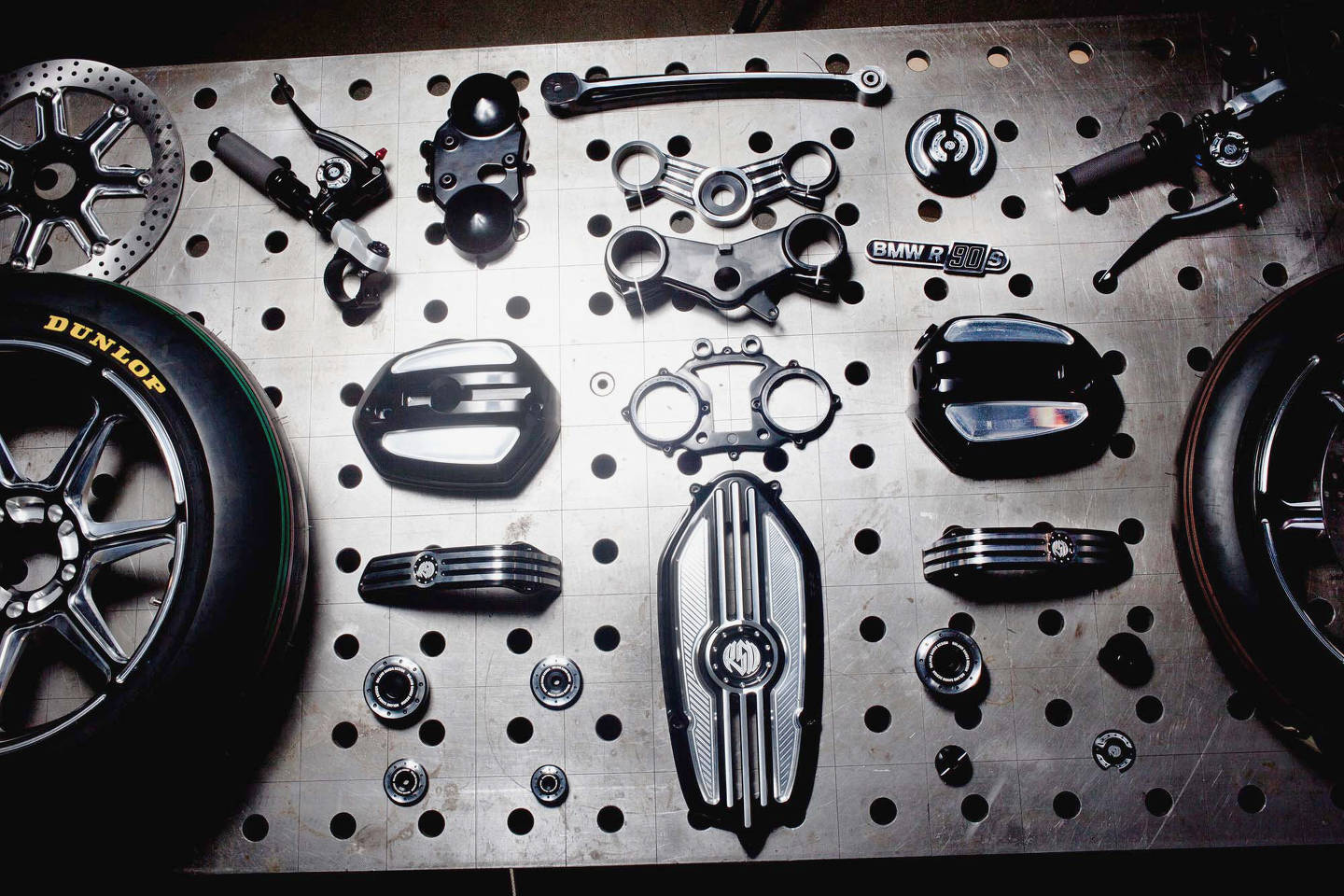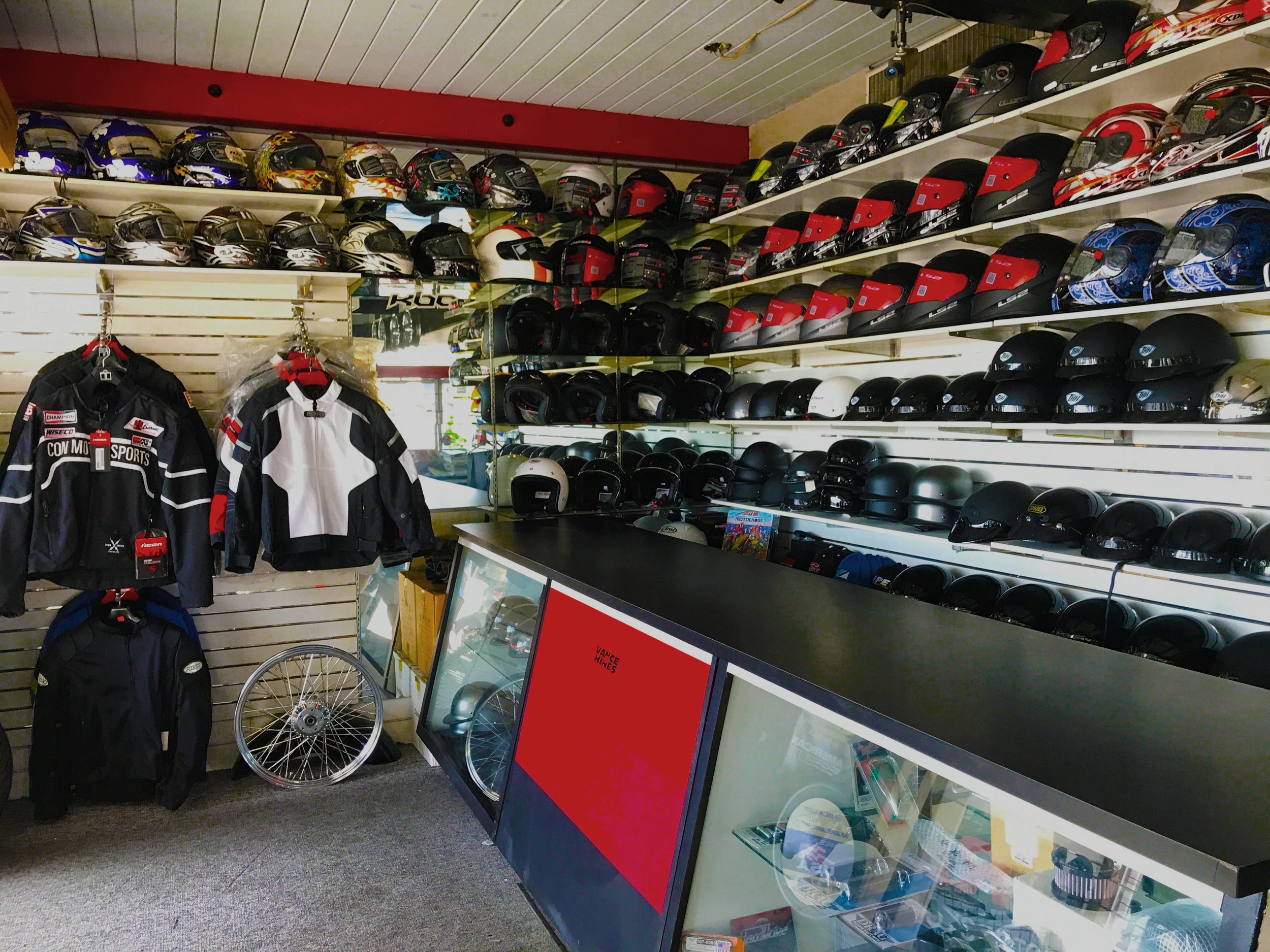Comprehending the Important Parts of a Motorbike: A Comprehensive Overview for Fanatics
For bike lovers looking to elevate their riding experience and ensure their bikes run smoothly, understanding the essential elements of a bike is vital. Each element, from the engine's complex workings to the vital function of the braking mechanisms, not only influences performance yet likewise safety and convenience.
Engine Parts

The camshaft plays a critical function in controlling the timing of the engine's shutoffs, making certain the precise opening and closing necessary for efficient gas and air consumption, along with exhaust expulsion. This timing is essential to keeping ideal engine efficiency and performance. Furthermore, the carburetor or gas injection system, relying on the motorbike version, is in charge of mixing air with fuel in the right proportion for combustion.
The air conditioning system, either air or liquid-based, functions to maintain the engine's temperature level within functional limits, preventing getting too hot and ensuring long life - motorbike shop. Each component, meticulously created and integrated, contributes to the seamless operation of the engine, defining the motorbike's power result and total efficiency
Transmission System
Integral to the bike's performance, the transmission system guarantees reliable power transfer from the engine to the wheels. This system comprises numerous important elements, consisting of the clutch, gearbox, and final drive, each playing an important role in equating the engine's power right into motion. The clutch, generally operated by a hand bar, offers to involve and disengage the engine from the transmission, allowing for smooth equipment modifications and regulated acceleration.
The gearbox, often referred to as the transmission appropriate, consists of a collection of equipments that riders can by hand change via to change the bike's rate and torque output. These gears are set up in a series that makes it possible for the bike to speed up efficiently and maintain optimal engine efficiency across different rates. The majority of motorcycles use a consecutive gearbox, needing the motorcyclist to shift equipments in an established order.
Braking Systems
While comprehending the transmission system is vital to using a bike's power, just as vital is the capability to regulate and quit that power effectively, which is where braking mechanisms enter play. Brakes are critical for safety and efficiency, providing the biker with the essential control to navigate various terrains and conditions. Generally, motorbikes include two kinds of braking systems: disc brakes and drum brakes.
Disc brakes are much more common in contemporary motorbikes because of their premium performance. They contain a brake disc, caliper, and pads. When triggered, the caliper squeezes the brake pads against the spinning disc, converting kinetic energy right into warmth, thereby slowing down the wheel. This system offers far better rain gear for men's motorcycle warm dissipation, constant efficiency, and improved quiting power, specifically in damp conditions.
On the other hand, drum brakes, though less usual, are still located in some motorbikes. They work by pushing brake footwear against the inner surface area of a drum affixed to the wheel. While typically much less efficient in warmth dissipation and stopping power, drum brakes are easier and a lot more cost-efficient.
Comprehending these braking systems' subtleties permits motorcyclists to preserve their motorcycles properly and appreciate the design Read Full Article that makes certain reliable and secure stopping.
Suspension and Steering
Suspension and guiding systems are vital elements that considerably affect a motorbike's handling and experience comfort. The shock absorber, including forks at the front and shock absorbers at the back, takes in road abnormalities, boosting security and control. Front forks, commonly telescopic or upside down, compress and rebound to mitigate effects, while rear shock absorbers maintain tire contact with the road, crucial for traction and safety and security.
Steering, focused around the handlebars, connects the motorcyclist to the motorbike's directional control. The steering head bearings ensure smooth operation, enabling accurate ability to move. Proper alignment and upkeep of these bearings are vital for foreseeable guiding reaction and minimizing motorcyclist exhaustion.
The suspension's adjustability is one more important facet; preload, damping, and rebound setups allow personalization to match numerous riding problems and styles. This versatility is crucial for optimizing performance, whether browsing city streets or dealing with sturdy tracks. Developments like digital shock absorber use real-time adjustments, boosting ride top quality across diverse terrains.

Electric Systems
After making sure a smooth and controlled trip through efficient suspension and steering systems, attention transforms to the electrical systems, a critical element of contemporary bikes. These systems play an important duty not just in beginning the engine but also in powering different parts that boost the capability and safety and security of the motorcycle.
At the heart of a motorbike's electrical system is the battery, which shops electric power required for starting the engine and powering auxiliary systems - motorcycle parts nz. The generator or generator, paired with the rectifier-regulator, makes sure the battery continues to be charged while the motorcycle is in operation, converting mechanical energy into electrical power and maintaining voltage levels
The ignition system, an additional essential component, is accountable for sparking the air-fuel mixture in the engine's cylinders. Modern motorcycles typically make use of a digital ignition system, using greater effectiveness and dependability contrasted to conventional systems.
Lighting systems, consisting of headlights, tail lights, and indications, click here for more are also important, ensuring presence and safety for the biker. Added electronic elements such as sensors, control units, and displays add to advanced attributes like gas shot management, anti-lock stopping systems (ABDOMINAL MUSCLE), and digital control panels, further boosting the riding experience.
Conclusion
A complete understanding of a motorcycle's vital parts, consisting of the engine, transmission system, braking mechanisms, suspension, steering, and electric systems, is indispensable for enthusiasts intending to optimize safety, performance, and comfort. Proficiency of these components allows for informed decisions pertaining to upkeep and upgrades, inevitably enhancing the riding experience. By integrating this expertise, bikers can guarantee their motorcycles operate at peak efficiency and dependability, therefore optimizing both enjoyment and long life of their automobiles.
For motorbike fanatics looking to boost their riding experience and guarantee their bikes run smoothly, comprehending the necessary elements of a motorbike is extremely important.Integral to the bike's performance, the transmission system guarantees effective power transfer from the engine to the wheels.While comprehending the transmission system is vital to harnessing a motorbike's power, equally vital is the ability to manage and stop that power effectively, which is where braking mechanisms come right into play. Commonly, bikes feature 2 kinds of braking systems: disc brakes and drum brakes.
A complete comprehension of a motorcycle's important components, including the engine, transmission system, stopping systems, suspension, steering, and electrical systems, is crucial for enthusiasts intending to optimize performance, safety, and comfort.